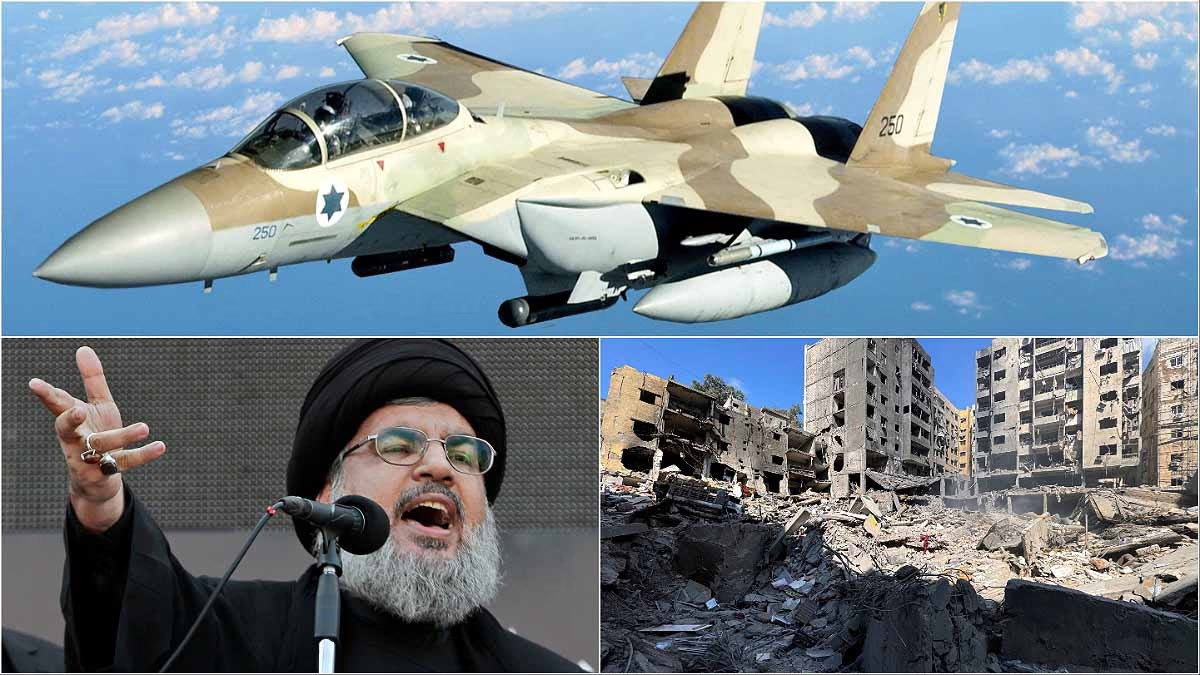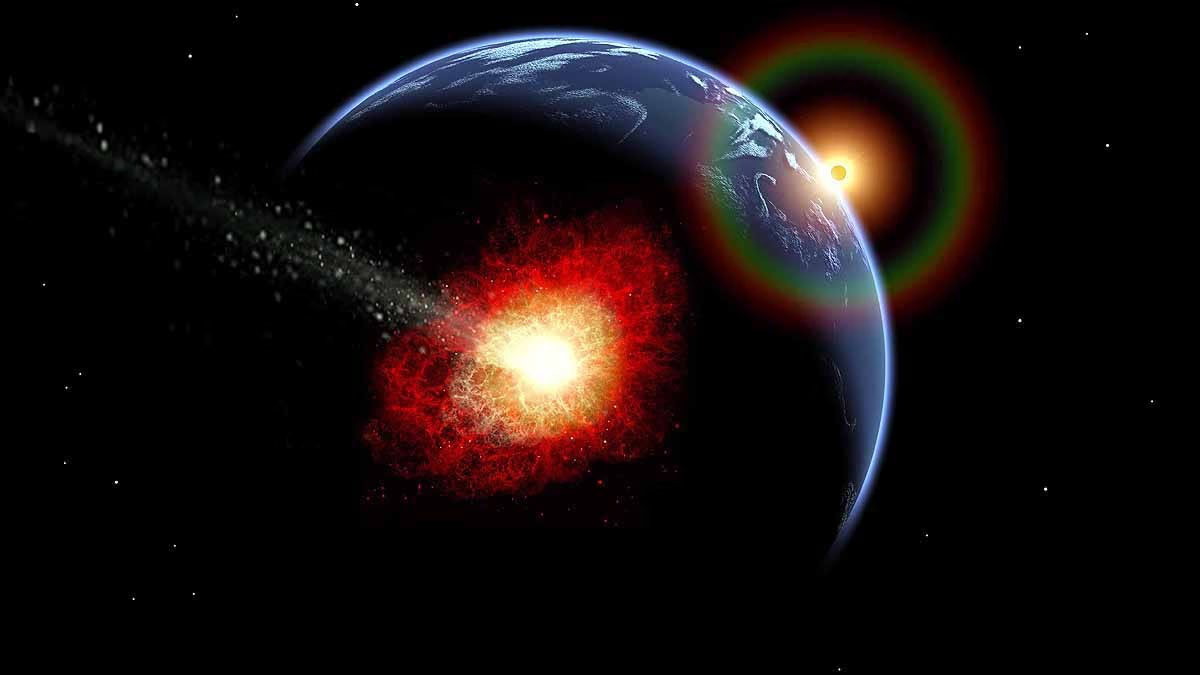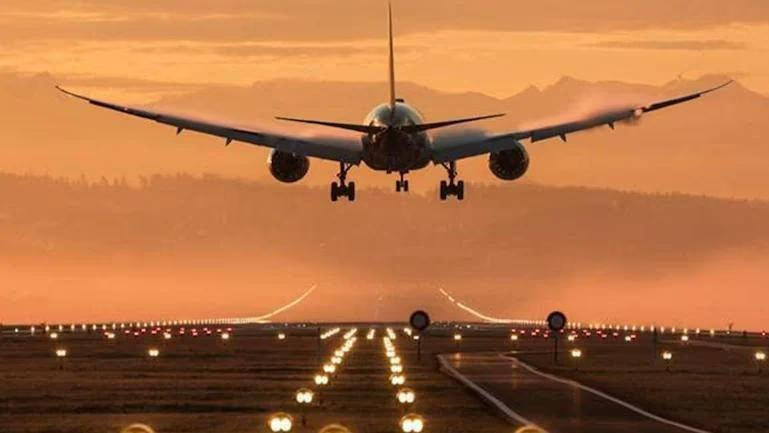Amidst the ongoing war with Hamas, Israel turned its attention to Lebanon, which was firing rockets incessantly. On October 7 last year, Hamas launched a deadly attack on Israel, killing thousands and taking hostages. As Israel dealt with this, Lebanon began rocket attacks from behind.
Israel did not waver. It stood firm. First, it entered Gaza and defeated Hamas, pulling out terrorists from underground, and often burying them in their own tunnels. Next, it was Hezbollah's turn. After some initial skirmishes, Israel devised a secret plan that had Hezbollah crawling.
Also Read: Bunker-Buster Bomb: The Bomb that Dug Nasrallah's Grave in Beirut, Creating a 30-feet Deep Hole
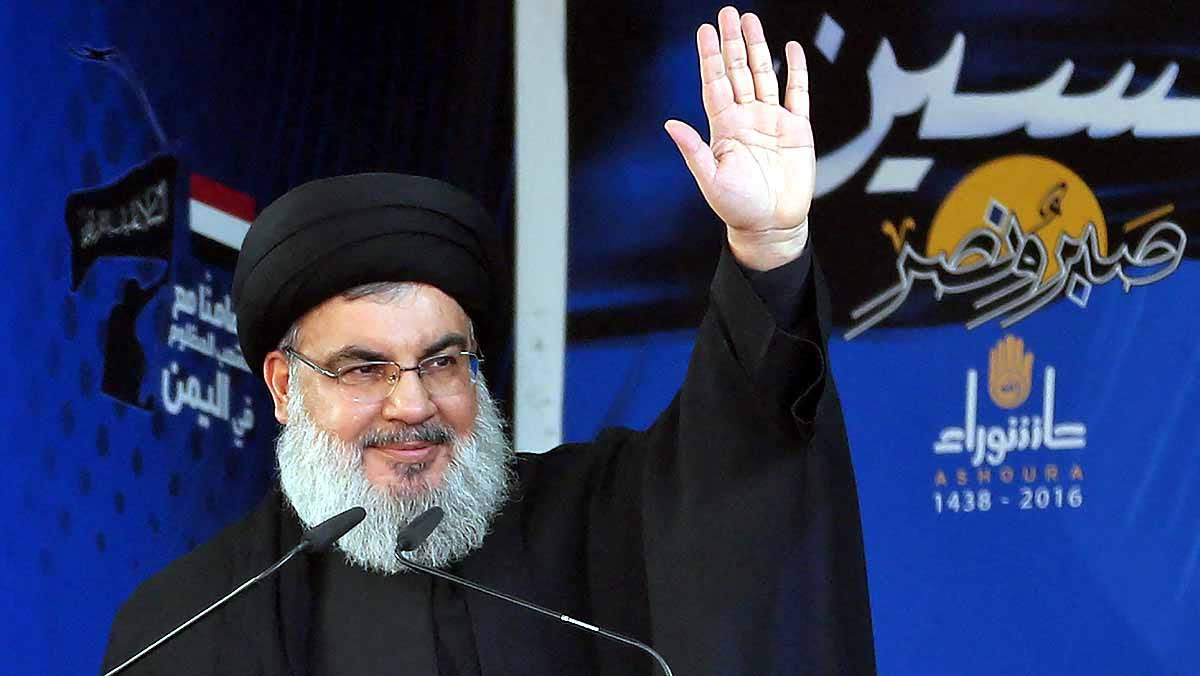
Source: aajtak
Israel was determined. This small country fighting on four fronts first eliminated Hamas, then shook Hezbollah. Now it is Yemen's Houthis' turn, perhaps followed by a war with Iran. But first, understand the complete chronology from September 17 to 28, 2024, during which Israel decapitated all of Hezbollah's leaders.
September 17, 2024...
Thousands of pagers exploded simultaneously, killing 13, including Hezbollah fighters and some children. Four thousand were injured, hundreds severely. Israel did not take responsibility for this attack, but the world believes otherwise. Israel stated that thousands of displaced Israelis near the Lebanon border would return to their homes only when Hezbollah is eliminated.
September 18...
Explosions in walkie-talkies and other devices. Just as Lebanon was recovering from the pager blasts, explosions began in various household devices. 14 were killed and around 450 injured. Israeli Defense Minister Yoav Gallant called it a remarkable achievement. The Israeli military and intelligence worked together for these outcomes but remained silent on the pager attack.
Also Read: Israel Warns Lebanese People... Stay 500 Meters Away from Hezbollah Sites or Risk Your Lives
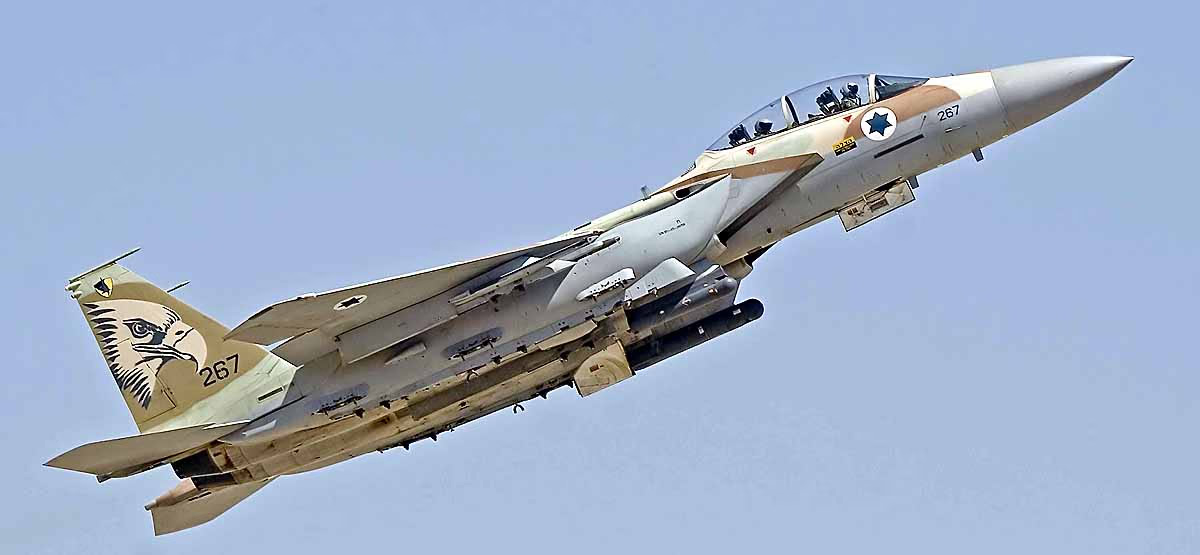
Source: aajtak
September 19...
Israel destroyed hundreds of rocket launcher platforms in southern Lebanon with airstrikes. Hezbollah was clueless about how Israeli forces knew their locations.
September 20...
Israel targeted a building in a residential area of Beirut. Hezbollah commander Ibrahim Akil was killed, along with 37 others, dozens were injured. Akil, wanted in the US for the 1983 Beirut embassy bombing, had planned the October 7, 2023, attack on Israel with Hamas.
September 21...
The Israeli Air Force struck 400 Hezbollah sites in Lebanon. Israeli forces claimed these rocket launchers were all aimed at Israel.
Also Read: Hundreds of Tanks, Israeli Soldiers Strategizing... Preparing for a 'Ground Attack' on Lebanon, Border Photos Released
September 22...
Overnight firing between Hezbollah and Israel continued. Rockets and drone attacks. Israel hit 290 Hezbollah targets. Some Hezbollah rockets reached as far as Tel Aviv.

Source: aajtak
September 23...
Israel warned Lebanese people to leave their homes immediately. Soon after, Israel conducted 1,300 airstrikes, killing about 558, including women, children, and healthcare workers. Around 1,800 were injured, according to Lebanon's Health Ministry.
On this day, Hezbollah fired nearly 200 rockets at Israel, most of which were intercepted by Israel's air defense system. In retaliation, Israel attacked the Beirut building where Hezbollah commander Ali Karaki, the organization's third most senior leader, was based. Karaki survived.
September 24...
Attacks between Hezbollah and Israel continued. People started fleeing southern Lebanon. Israel did not halt airstrikes. Iran's president told CNN that Lebanon must not become Gaza. During this time, Israel's attack on Beirut killed Hezbollah missile division commander Ibrahim Kabisi.
Also Read: Young Commando Netanyahu... Learn About the Spy Operation and War Where Benjamin Himself Fought
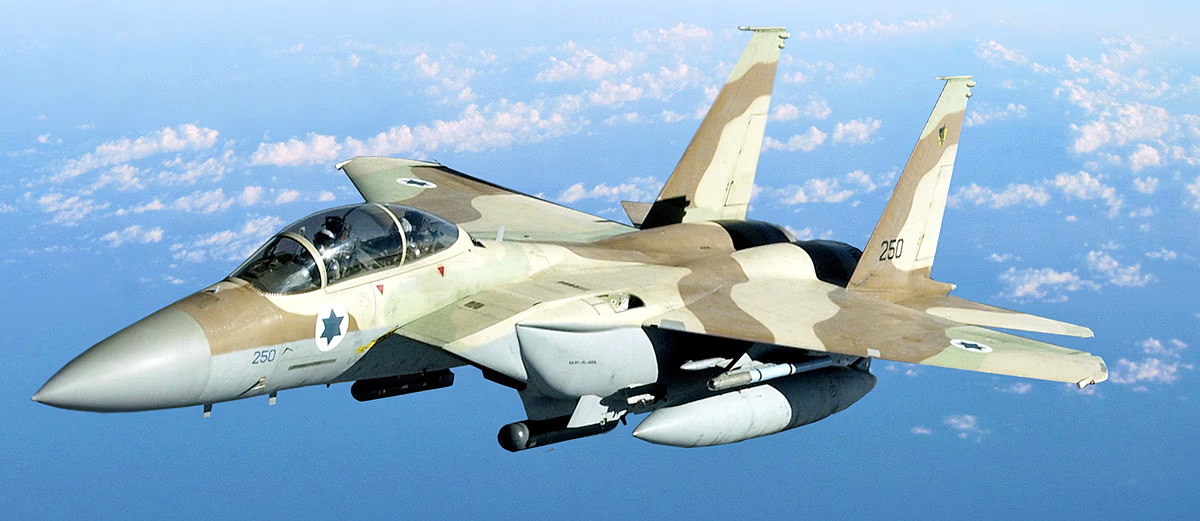
Source: aajtak
September 25...
Hezbollah launched long-range missiles reaching Tel Aviv for the first time. Israel continued airstrikes, killing 72 Hezbollah fighters, injuring about 400. Israel deployed two additional reserve brigades on the Lebanon border for a potential ground attack.
September 26...
The UN General Assembly was ongoing in New York. The G-7 proposed a 21-day ceasefire. Prime Minister Benjamin Netanyahu rejected it. Hezbollah fired hundreds of rockets toward northern Israel.
Subsequently, Israel conducted airstrikes, killing another 92 Hezbollah fighters and injuring 150. Thousands of people have fled Lebanon, marking the largest displacement from Lebanon in a decade. During this time, Hezbollah's Air Force commander Muhammad Hussein Sarur was killed in an Israeli attack.
Also Read: China Conducts Full Range Test of DF-41 Missile After 44 Years, Hits Target 12,000 km Away at 31,000 km/hr Speed
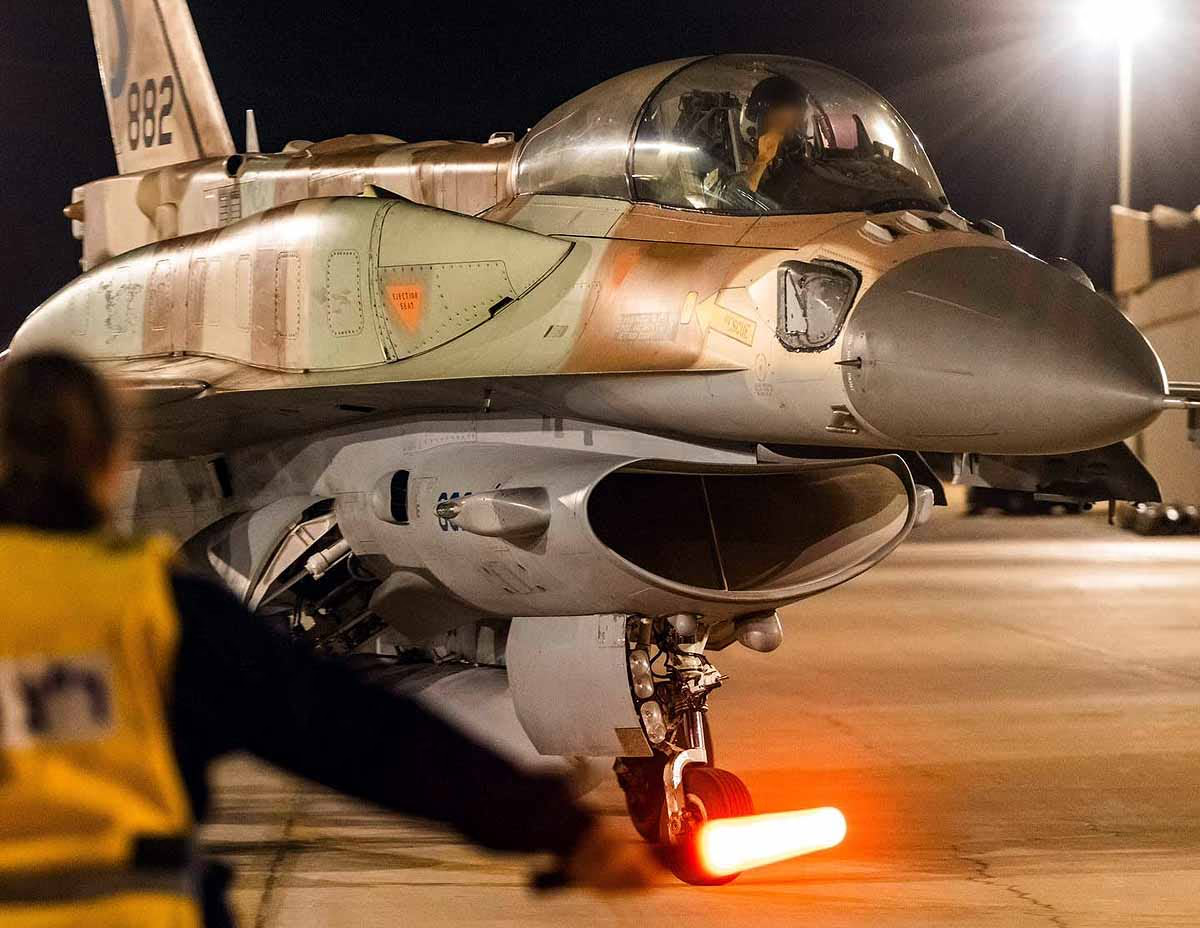
Source: aajtak
September 27...
At the United Nations, Netanyahu stated his country is winning on multiple fronts and will next target Iran and its allies. Many members left the assembly in protest. As Netanyahu spoke, Israeli Air Force continued bombarding Beirut.
September 28...
The Israeli military announced that they had killed Hezbollah chief Hassan Nasrallah in an airstrike in eastern Beirut. Hezbollah confirmed this a few hours later.
Defense experts now believe that with the deaths of Nasrallah and all Hezbollah commanders, peace may return to the region for a short time. However, this calm may be a precursor to an even bigger conflict.
